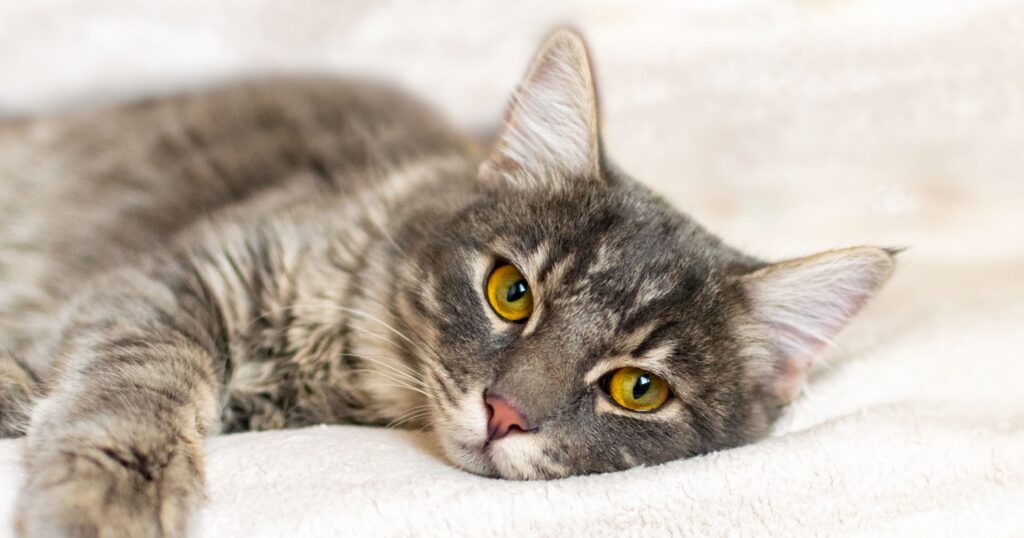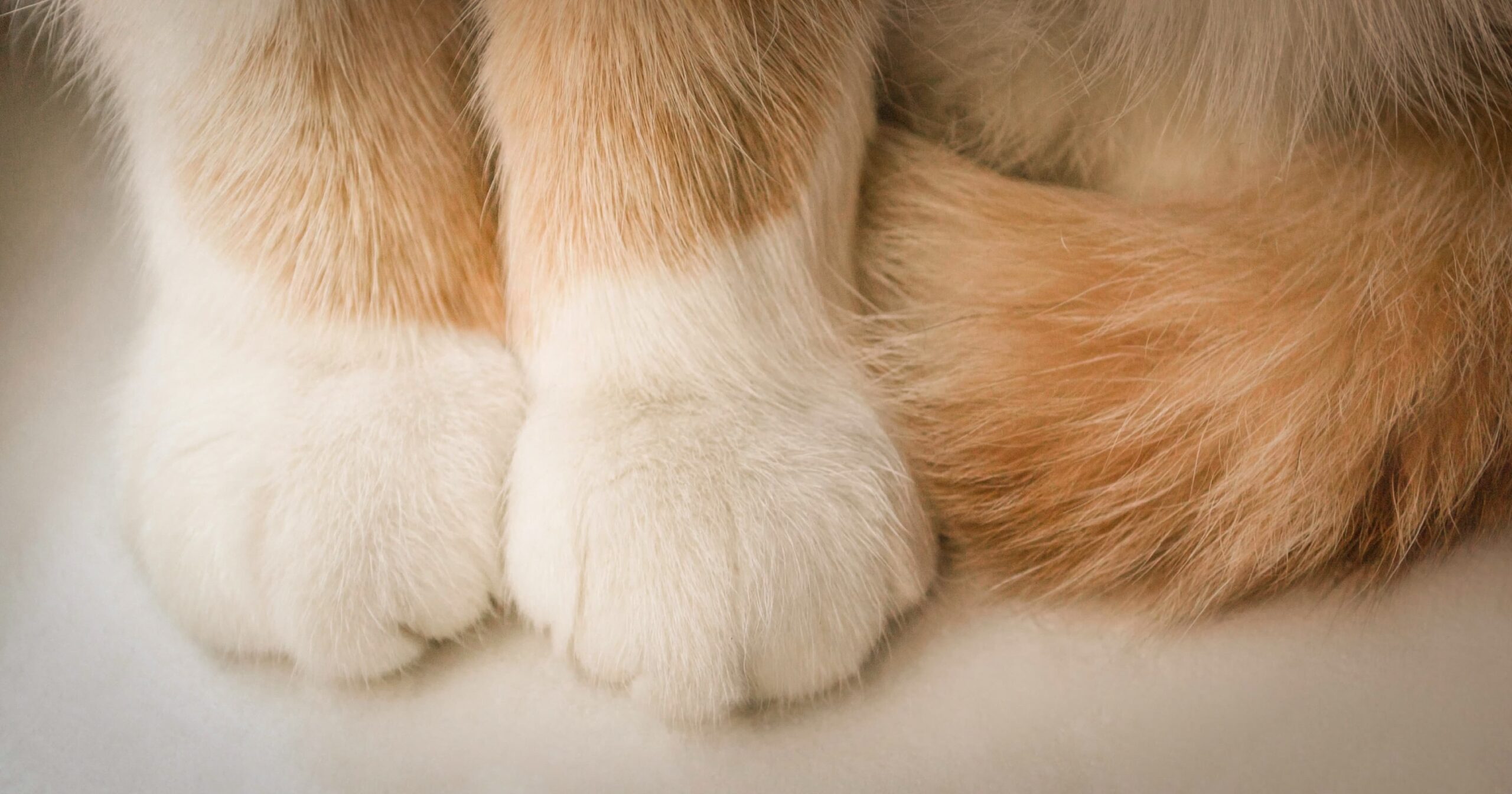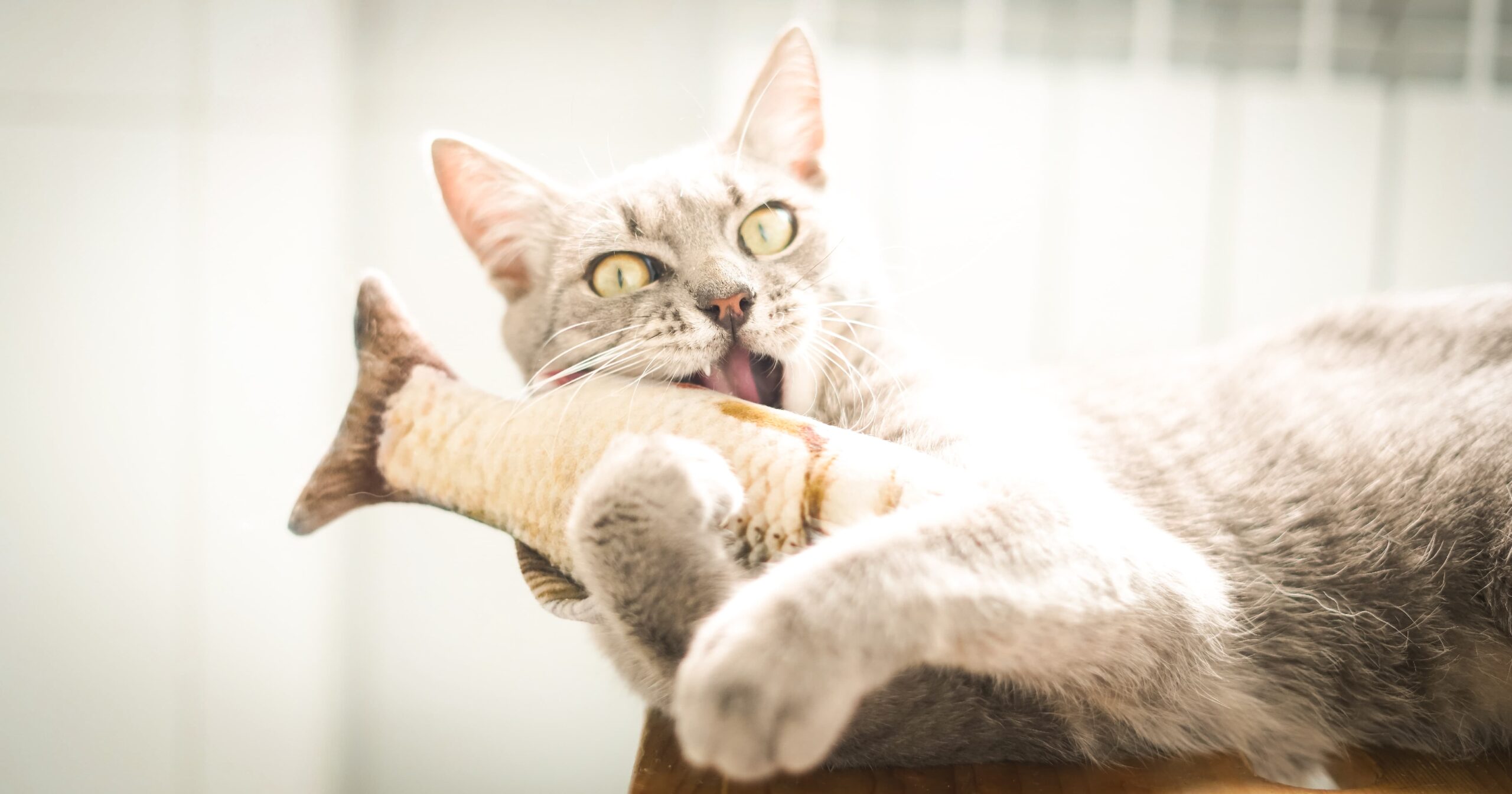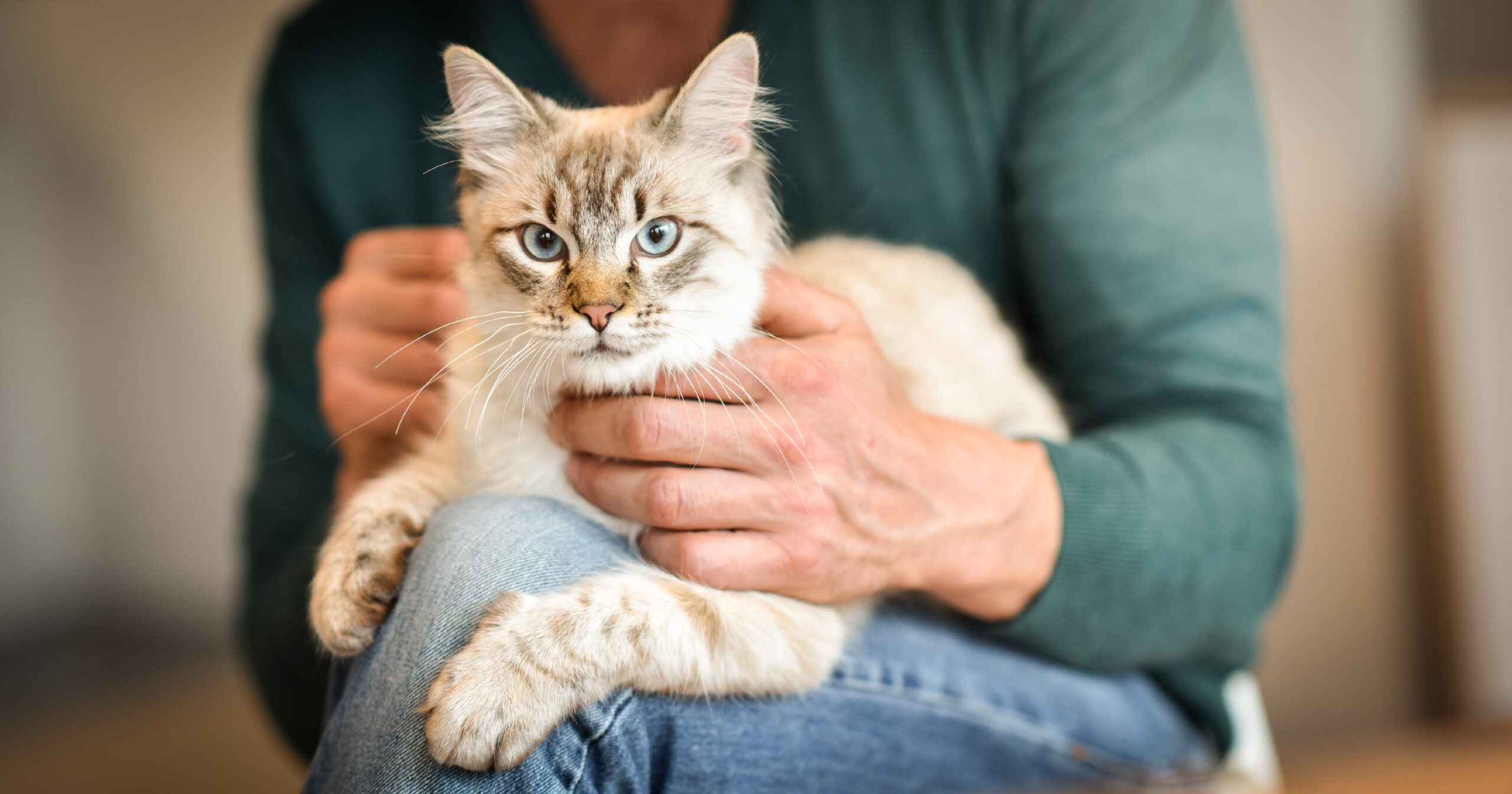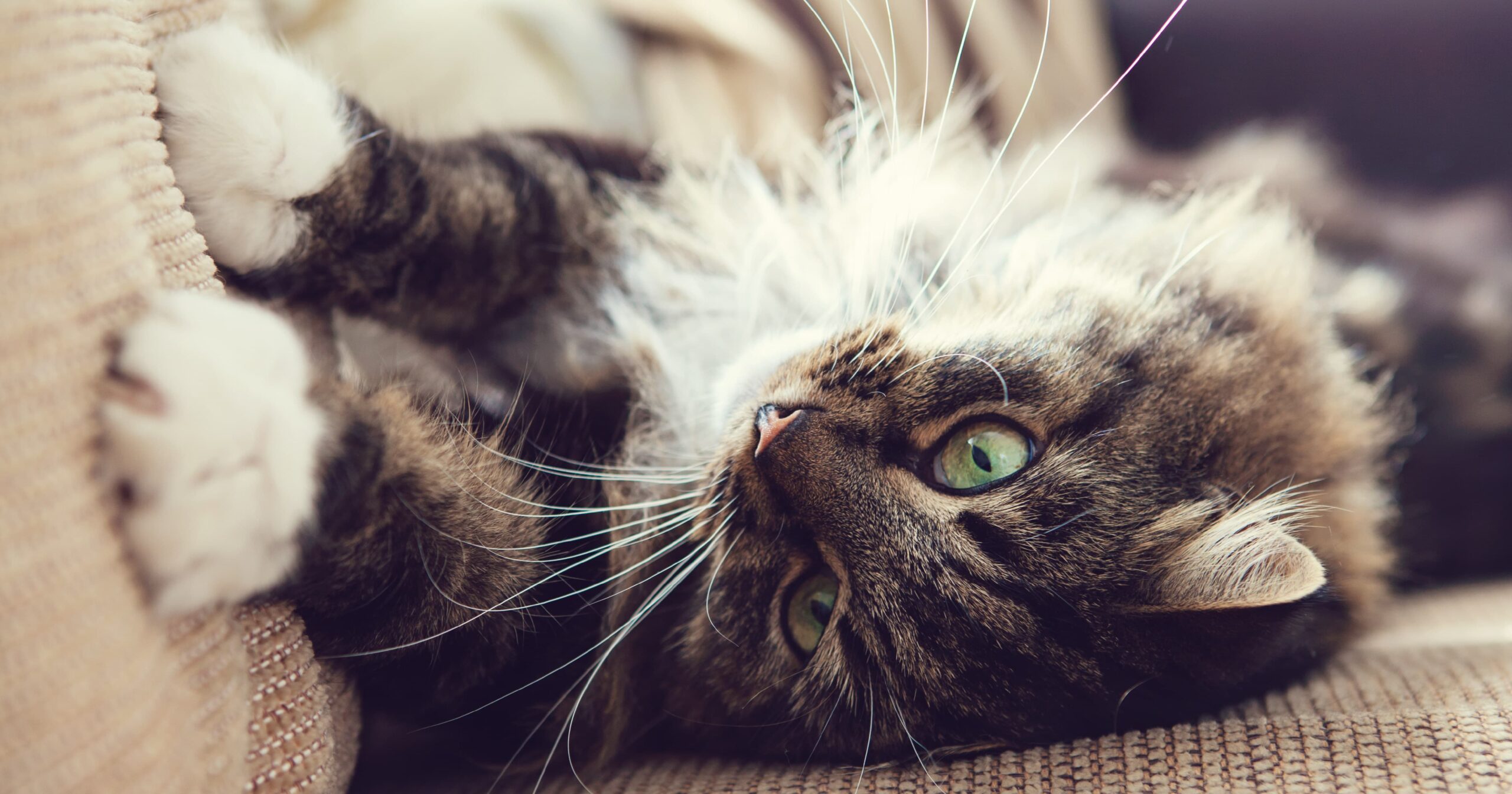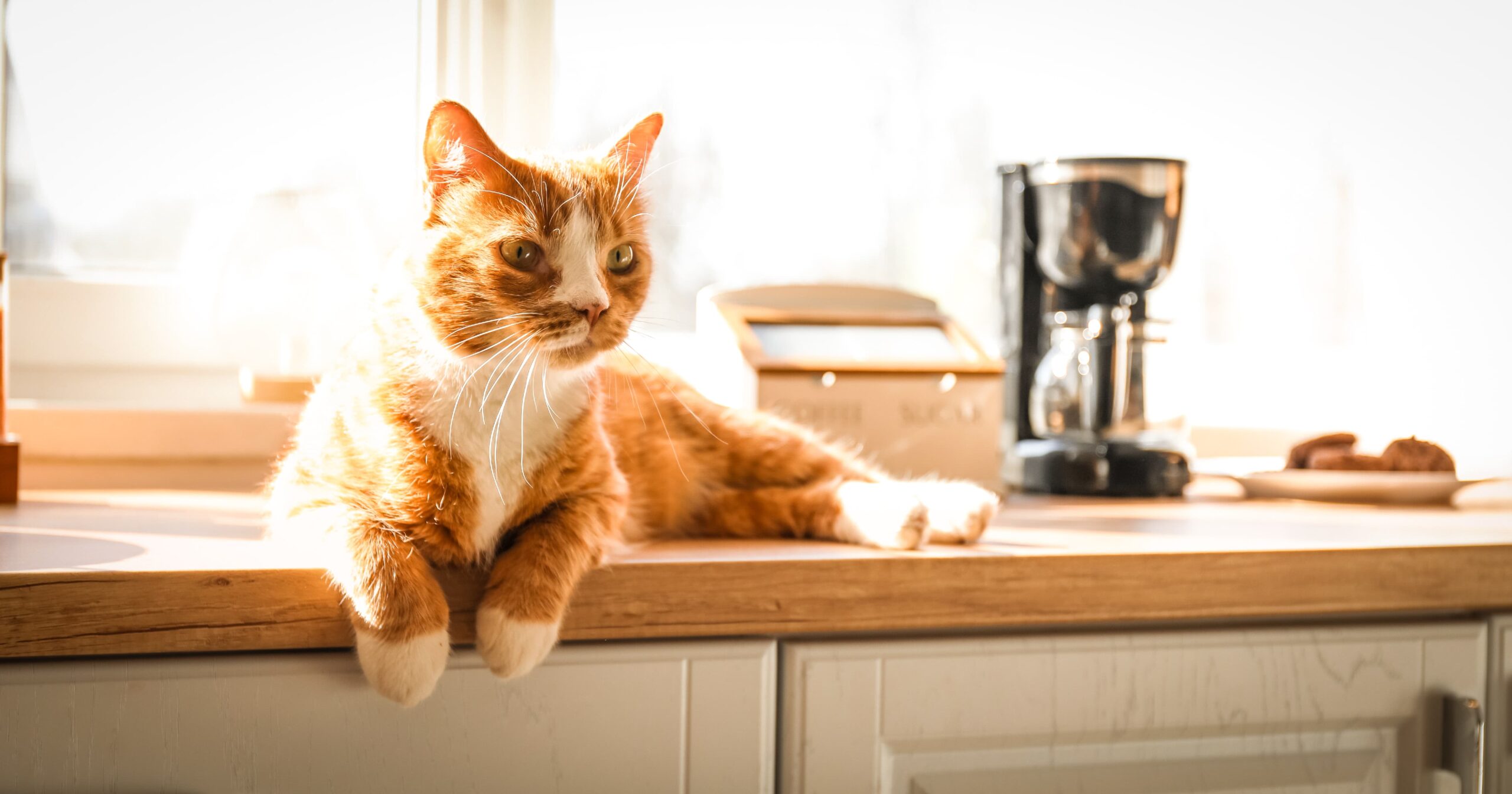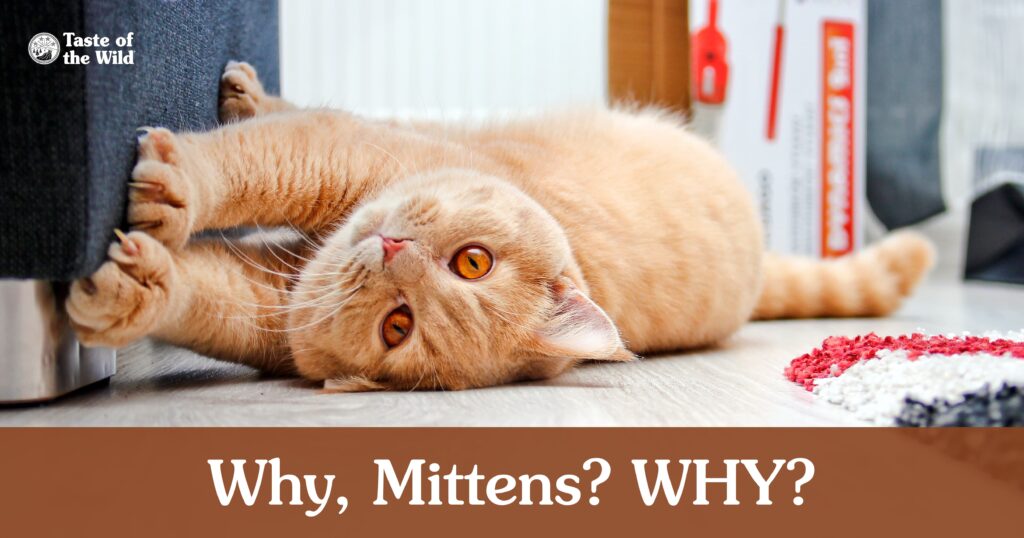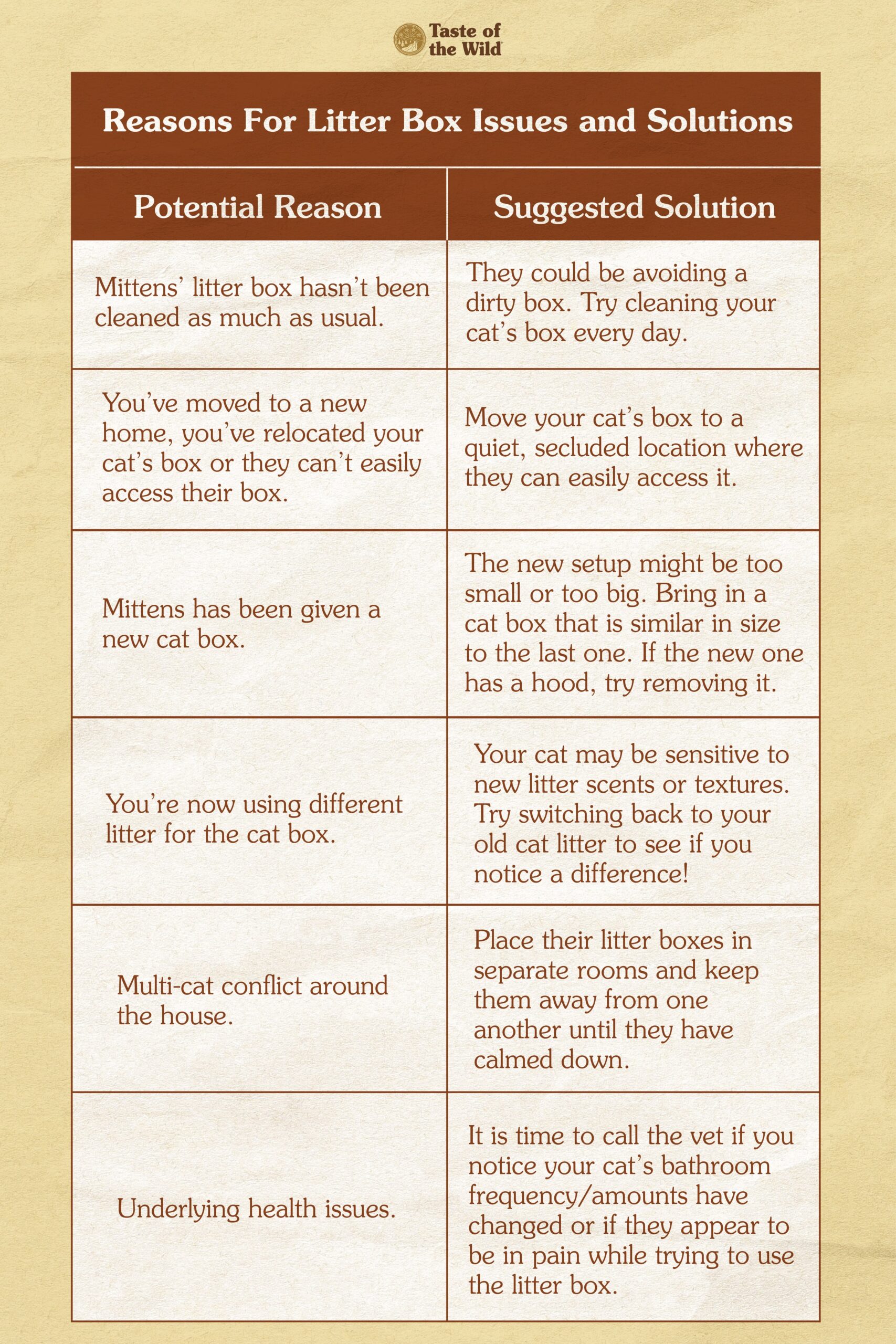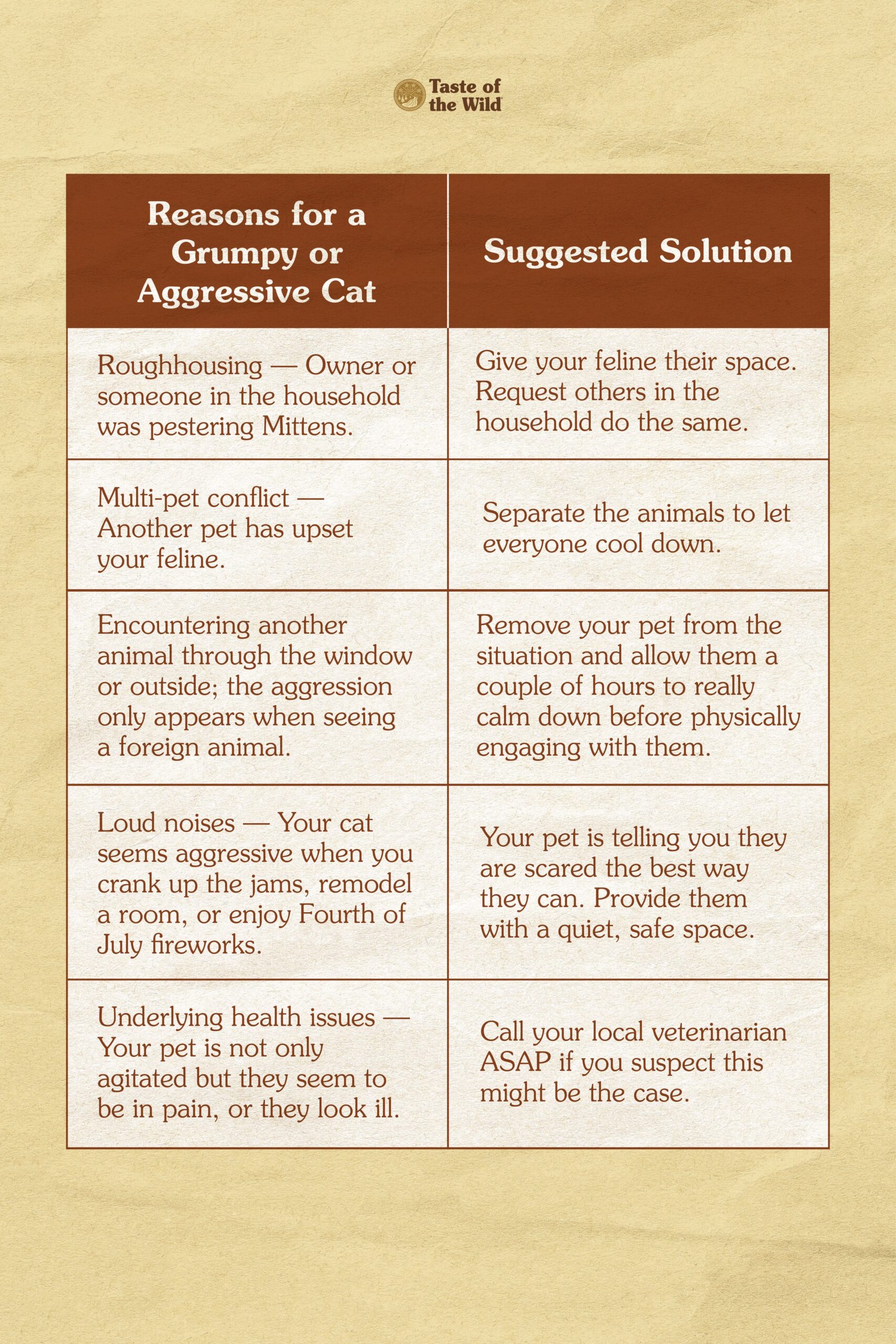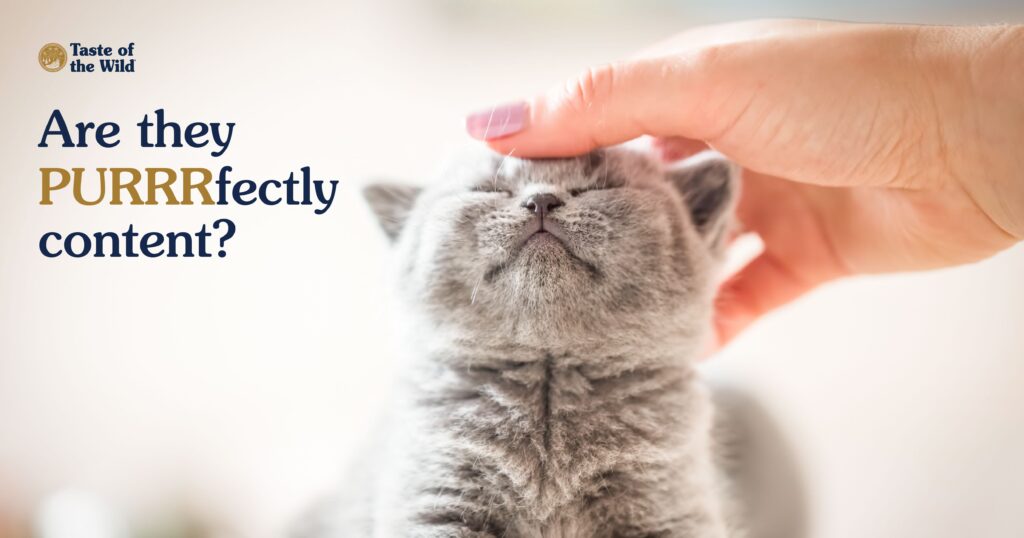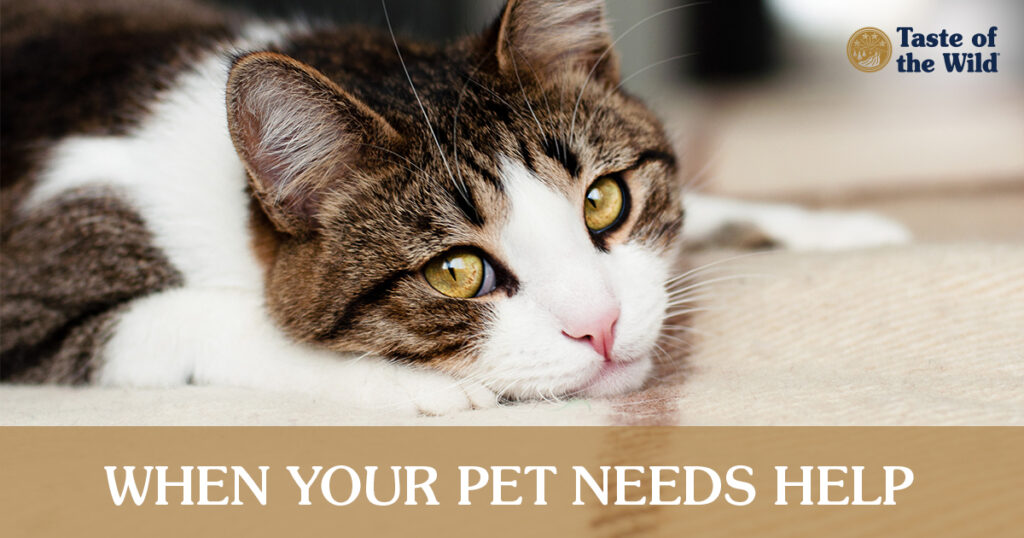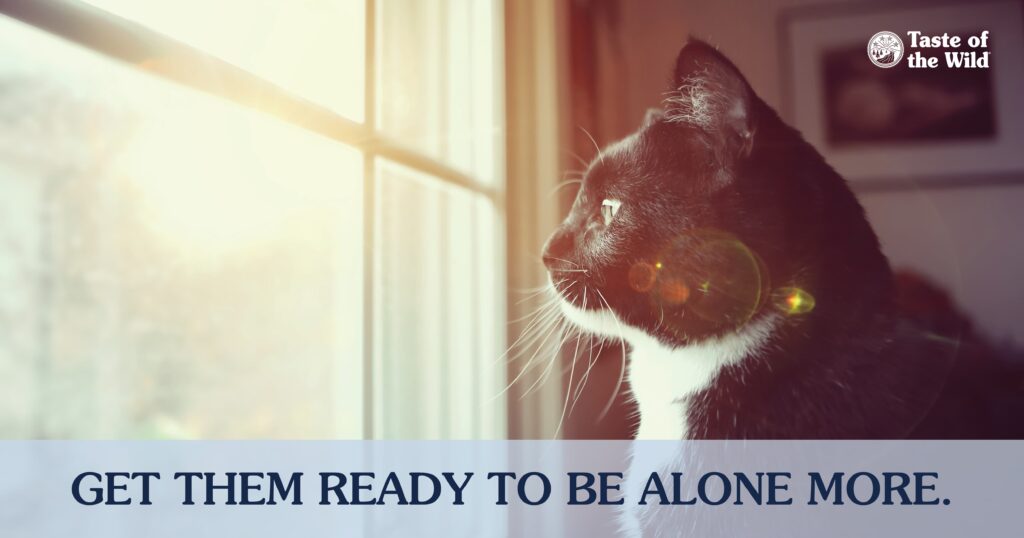
Dogs are notorious for missing their owners two seconds after their human steps out the front door, sometimes with destructive results. But will your family’s favorite feline have separation anxiety after the kiddos go back to school? Fluffy was the go-to adventure buddy for your kids’ summer shenanigans, after all. So, it’s only natural that your cat will miss their tiny humans when the daily routine is altered later this August. But with cats, sometimes it’s hard to tell how they really feel.
Rest assured, your cat misses you (and the kids!) when you’re gone — especially if the absence is a drastic shift from the norm, like during back-to-school time.
Like dogs, cats are social creatures who crave consistency and have unbreakable bonds with their humans. They just have a different way of expressing themselves than our slobbier companions. Some of those ways might be easy to miss, and they can vary from cat to cat.
Cats Act Differently When They Miss You
As schedules pivot and their daily playmates go back to school, every cat might react a bit differently, but most will note the change if they’re suddenly alone more. They may experience some level of loneliness, depression or anxiety — similar to how a human might feel during changes in their environment. This separation anxiety could show up as:
- Excessive meowing
- Behavior changes like eating less or litter box accidents
- Extreme excitement when the humans return
- A swipe of the paw when the humans return
- They may try to go with you the next time you leave
One reaction is not more worrisome than another. It’s simply their way of responding to the situation at hand. If you notice a drastic or lingering change in their eating or bathroom habits, contact your veterinarian.
Your Kids Can Be Part of the Solution
We recommend informing your kiddos of these potential reactions so they can be sympathetic to however Fluffy reacts. Let Fluffy come to the kids at their own pace when everyone returns home in the afternoon. Your pet will likely need grace and patience as they adjust, not to mention lots of attention when everyone is back together.
Prep Your Kitty for Back to School
What other ways can you help your cat adjust? Advance preparation. Making small shifts during the weeks ahead could help ensure the changes are not as jarring to your cat’s nervous system.
Most children spend about six to seven hours per day in school (not including after-school programs). In the time leading up to school starting back up, try leaving the house for short amounts of time. Start running errands or adventuring around town for an hour or so each day — slowly increasing the time you spend away from the house.
When arriving back home, greet Fluffy with love, affection and words of affirmation that all is OK. You’re letting them know they are still loved and that the tiny humans will return home — no matter how long they may be gone throughout the day.
Provide Sources of Entertainment for Your Cat
Add interactive toys around the house so your pet can stay entertained without their human playmates. These could include automatic laser pointers that come on throughout the day, catnip hide-and-seek toys or wall shelves for climbing. Before leaving the house, teach your cat how to use each option. Upon returning home, be sure to still spend one-on-one playtime with Fluffy for added mental stimulation.
Consider setting up a bird feeder outside a safe, secure window where your cat frequently looks out. Place their cat tree or pet bed nearby so they can sit in comfort and watch birds or small animals eat the food. It’s another great way to keep your cat entertained and happy throughout the day!
Warm Up to the School Year Routine
Visit with your kiddos about a new school year routine with Fluffy. Find guaranteed pet playtimes for showering your cat with attention that make sense with your family’s schedules. Whether it’s after breakfast before the bus arrives or after school before they start homework, Fluffy will be ready for a new consistent setup. So will the kids as they ease into their new fall routine.
Bonus tip that can help the whole family: On the days leading up to the new school year, try getting your kiddos and your cat on this new sleep, wake up, play and leave schedule. While the kids aren’t leaving for a full day of school quite yet, it can help your cat adjust to the new agenda before your kids start school. It might just help the kids adjust to it as well!
As Fluffy and the tiny humans adjust to their new routines, remember you could notice an increase in affection from your cat whenever the kids re-enter the house. Or you could notice a slightly standoffish cat who is trying to show the kids they didn’t like having their trusty playmate gone all day. Your cat’s reactions are completely normal. Once Fluffy understands that their playmates are back home for the evening, they’ll let go of any grumpy cat emotions and be ready for an adventure. Fluffy just missed their tiny humans is all.
RELATED POST: Home Alone: Back to School Can Be Stressful for Pets


